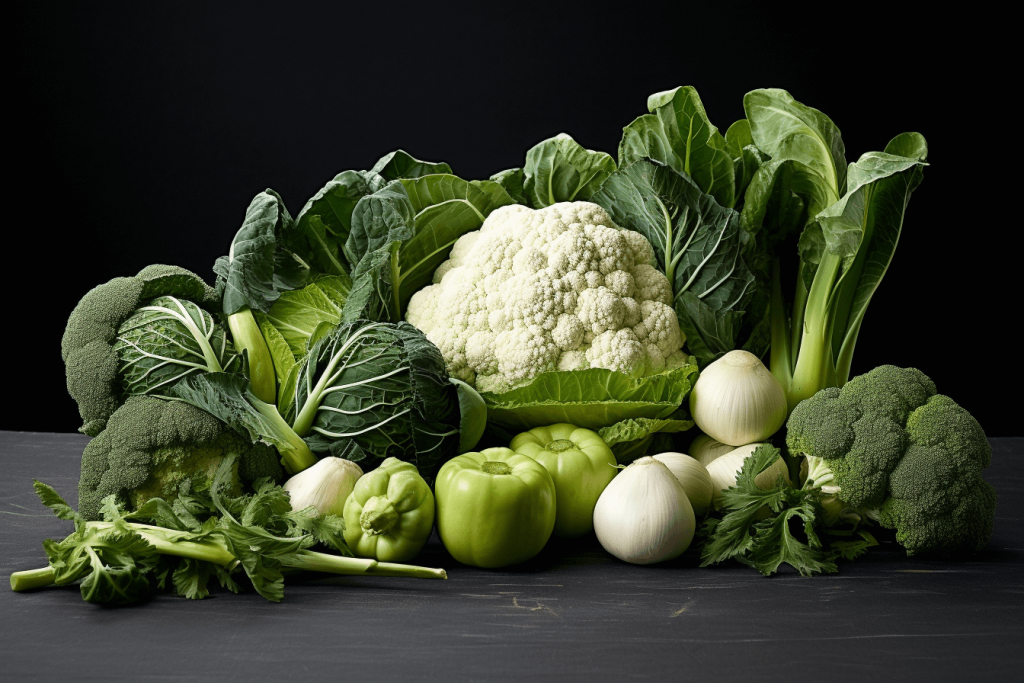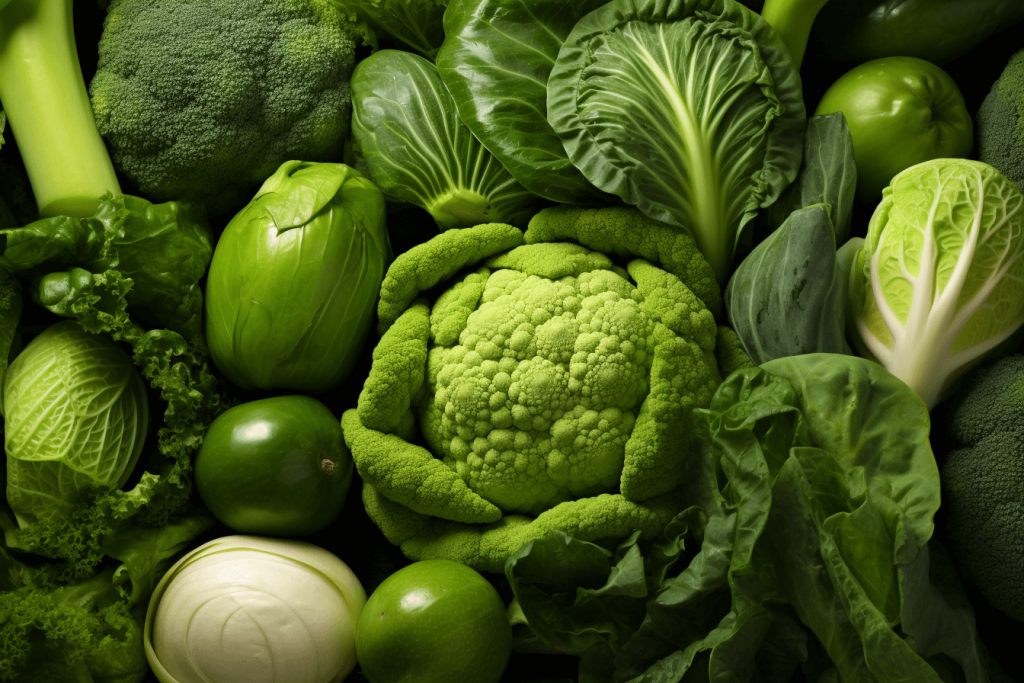


Diindolylmethane is a natural substance that helps in Cancer Treatment. Diindolylmethane is created when the body breaks down a compound contained in cruciferous vegetables such as broccoli and kale. Diindolylmethane is said to offer a range of health benefits, which are also available in supplement form.
Cruciferous vegetables belong to the mustard family, or the Brassicaceae family (Cruciferae). Broccoli, cabbage, cauliflower, collars, kale, Brussels sprouts, and kohlrabi are commonly consumed cruciferous vegetables. When ingested, it quickly metabolizes bioactive constituents into several intermediate and end products.
Cruciferous vegetables have bioactive precursor compounds. Major glucosinolates are glucobrassicin and glucoraphanin, the latter being isothiocyanate derivatives, including sulforaphane. The median, meaning human intake of glucosinolates from food sources, is 0.5M / kg / d.

Diindolylmethane is supposed to bring about changes in the metabolism of estrogen, a biological process that is thought to influence the development of certain hormone-dependent cancers such as Breast Cancer. Diindolylmethane is believed to be helpful in Breast Cancer treatment. Proponents claim that consuming Diindolylmethane will help to increase the protection against multiple cancers, as well as promote Detoxification and weight loss.
Diindolylmethane acts as preventive care; it inhibits angiogenesis in cell culture models. Studies on the health effects of Diindolylmethane have been fairly limited to date. Some preliminary research has found that Diindolylmethane can affect estrogen metabolism in the body. Metabolism of estrogen may help protect against certain hormone-dependent cancers such as ovarian cancer and breast cancer and also help to combat tumour growth.
Among cruciferous vegetables, Diindolylmethane and its predecessor I3C are among the most commonly evaluated foods. Both compounds have been studied extensively in chemoprevention for Breast Cancer.
Numerous mechanisms have been recorded for dietary exposure to these compounds to modulate breast cancer, including apoptosis, oxidative stress response regulation, estrogen metabolism, modulation of the cell cycle, and other antiproliferative activities, mostly in cell culture and animal studies. The evidence for diindolylmethane's protective function against breast cancer continues to grow, but additional research is needed to further identify and refine this compound's mechanistic targets, particularly in humans.
Diindolylmethane is available to consumers in a generic crystalline formulation in a microencapsulated form. Patient Concerns about the potential use of Diindolylmethane as protective or adjuvant therapy during Chemotherapy are increasing, partly due to increased availability and Diindolylmethane details.
Regarding cruciferous vegetable intake and recurrence of breast cancer, a study by Thomson suggested that total intake of cruciferous vegetables was associated with a non-significant 15 per cent decrease in the hazard rate of recurrence in women with stage I, II, or III invasive breast cancer after an average study duration of 7 years.

Key findings available in various studies:
Although some laboratory studies indicate thatDiindolylmethanecan helps inhibit breast cancer cell growth, few clinical trials have been conducted.
Researchers found that taking Diindolylmethane supplements contributed to improvements in the metabolism of the hormone in a small 2004 pilot study published in Nutrition and Cancer. The study involved 19 people with breast cancer symptoms in the early stages of menopause.
A 2015 study published in Familial Cancer examined the use of 300 mg ofDiindolylmethaneper day in 15 women with a BRCA1 mutation for four to six weeks. After supplementation, the urinary estrogen ratio did not change significantly.
Continuous consumption of Diindolylmethane supplements may eliminate the development of cervical cancer, a 2012 study published in the British Journal of Cancer has shown many benefits. The study involved 551 people with Cervical Cancer symptoms and low-grade cervical cell abnormalities. Patients had taken either Diindolylmethane supplements or a placebo daily for six months. Diindolylmethane supplements have benefited from improvements in cervical cells or HPV.
Findings from test-tube studies indicate that Diindolylmethane provides some protection against prostate cancer and ovarian cancer if early Ovarian Cancer symptoms are disclosed. And if the patient is in the first stage of Prostate Cancer. Diindolylmethane helps to inhibit the invasion of normal tissue by cancer cells.

Sometimes the continuous consumption of Diindolylmethane supplements could aggravate hormonal conditions, including hormone-dependent cancers, endometriosis, and uterine fibroids.
According to a health magazine report, after two months of excessive daily intake of diindolylmethane, an otherwise healthy woman reported central serous chorioretinopathy a condition that results in visual impairment. Her symptoms resolved after 8 weeks after the supplements were discontinued. Serious effects may lead to Chemotherapy and Radiotherapy.
Medical advice must be obtained beforeDiindolylmethanesupplements are used. Pregnant women should never take supplements withDiindolylmethane.
Scientific evidence is inadequate to determine a safe or effective dosage ofDiindolylmethaneorDiindolylmethanesupplements. Health sources warn consumers that natural supplements are not always reliable, and dosage can significantly affect health. You must take personalized advice from your healthcare provider for the dosage of Diindolylmethane or Diindolylmethane supplements.

When the body digests indole-3-carbinol, a compound found in the following vegetables;Diindolylmethane is produced:
Diindolylmethane is available in supplement form and sold in food supplement stores. Increasing your levels of Diindolylmethane by including cruciferous vegetables in your diet can help to improve your overall health. Cruciferous vegetables are rich in a range of substances that promote health, including antioxidants.
Elevate Wellness & Recovery in Cancer
For personalized guidance on cancer treatments and complementary therapies, consult our experts at ZenOnco.io or call +91 9930709000
Thomson CA, Ho E, Strom MB. Chemopreventive properties of 3,3'-diindolylmethane in breast cancer: evidence from experimental and human studies. Nutr Rev. 2016 Jul;74(7):432-43. doi: 10.1093/nutrit/nuw010. Epub 2016 May 31. PMID: 27261275; PMCID: PMC5059820.
Thomson CA, Chow HHS, Wertheim BC, Roe DJ, Stopeck A, Maskarinec G, Altbach M, Chalasani P, Huang C, Strom MB, Galons JP, Thompson PA. A randomized, placebo-controlled trial of diindolylmethane for breast cancer biomarker modulation in patients taking tamoxifen. Breast Cancer Res Treat. 2017 Aug;165(1):97-107. doi: 10.1007/s10549-017-4292-7. Epub 2017 May 30. PMID: 28560655; PMCID: PMC5571834.